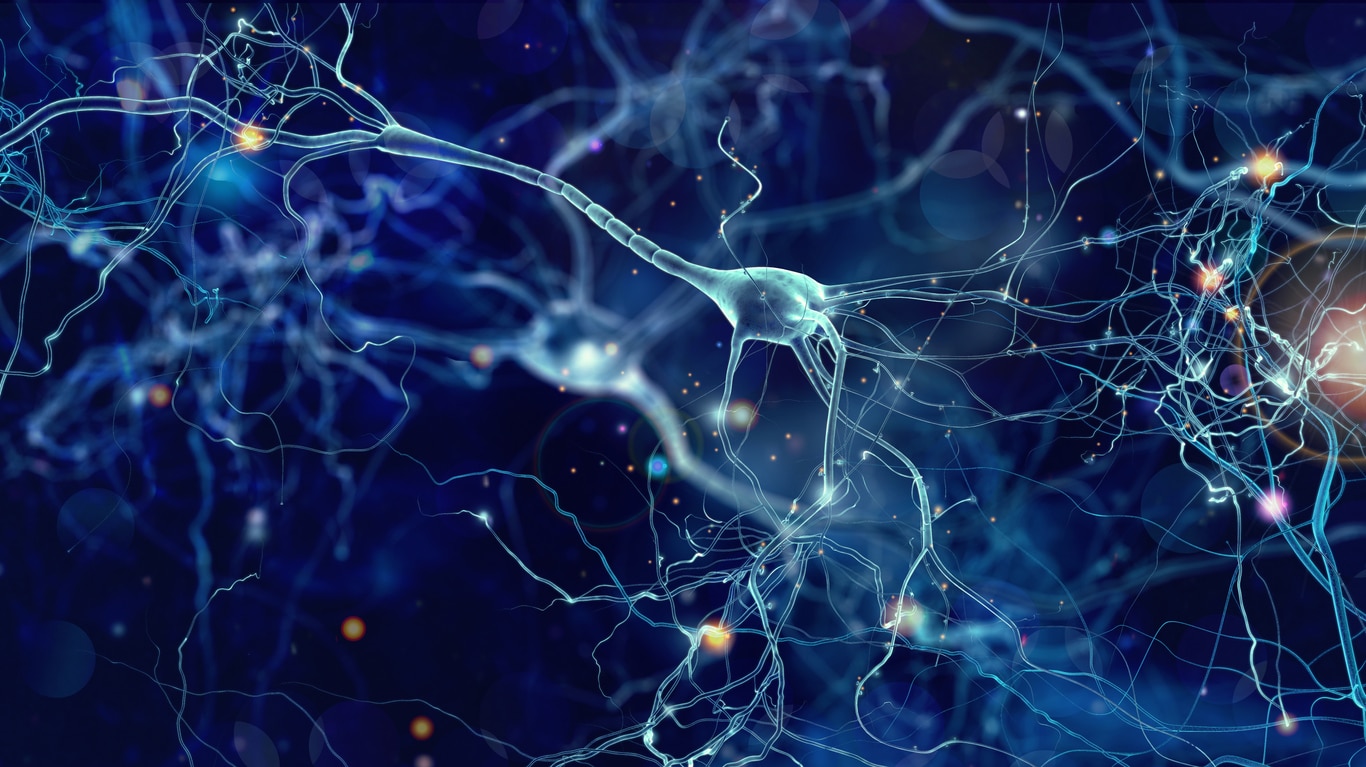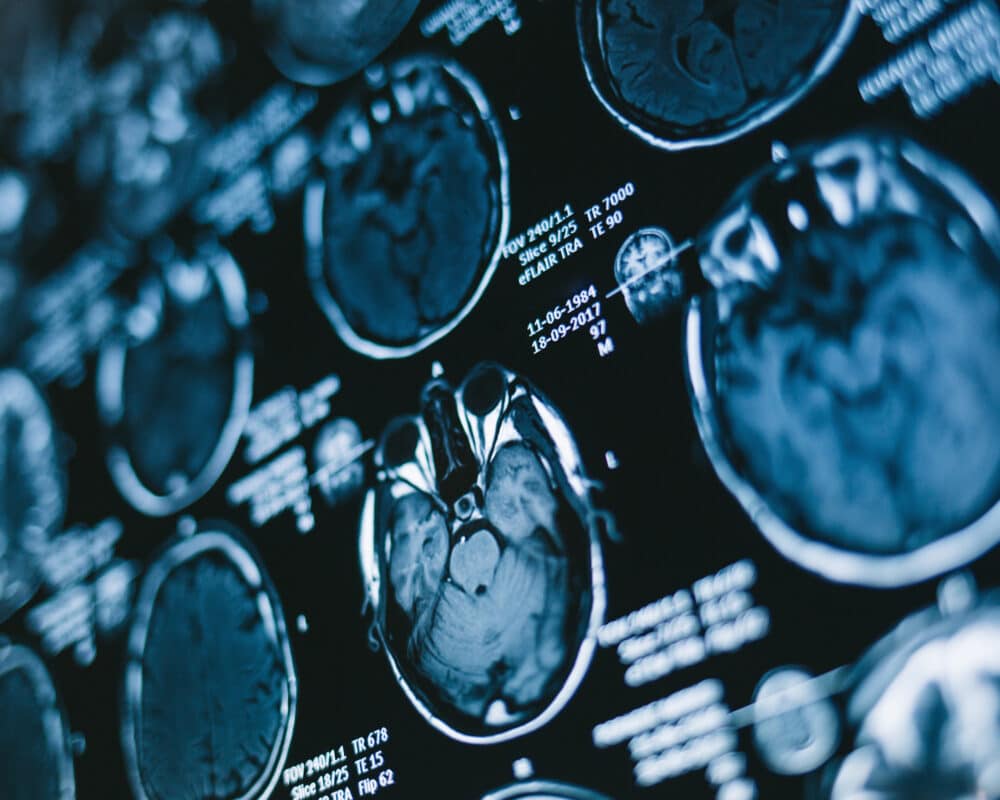This study is evaluating whether the neurotrophic factor GDF5 can slow the progression in models of Parkinson’s.
About the study
Growth differentiation factor 5 (GDF5) is a neurotrophic factor – proteins that promote the growth, development, and survival of neurons. GDF5 belongs to the same family of neurotrophic factors as glial cell-derived neurotrophic factor (GDNF), which has shown promise in preclinical studies but not in a clinical trial. Although producing a similar therapeutic effect, GDF5 utilises a different pathway than GDNF. Therefore, researchers are interested in whether GDF5 could be an effective treatment for slowing the progression of Parkinson’s.
In this study, Professors Gerard O’Keefe and Aideen Sullivan are comparing the effectiveness of GDF5 and GDNF in models of Parkinson’s. Additionally, they will try the factors in combination to determine if they may produce a stronger effect. As a secondary objective, the researchers will be evaluating whether build-up of the protein alpha-synuclein – a hallmark and driver of Parkinson’s – impacts the efficacy of these proteins.
Trial overview
- Researcher: Prof Gerard O’Keefe & Prof Aideen Sullivan
- Institution: University College Cork (UCC)
- Project Type: Preclinical
- Status: Ongoing
- Start Date: Dec 2021
- Therapy Target: Neurotrophic factors
More about the study
What is GDF5?
Growth differentiation factor 5 (GDF5) is a neurotrophic factor in the same family as GDNF and is associated with the growth and survival of dopamine neurons – the type of nerve cell affected by Parkinson’s. Although they have similar effects, GDF5 operates on a different pathway than GDNF.
GDNF requires a protein called a RET receptor to have an effect. Receptors are proteins that change cell activity when something is bound to them. There is some evidence to suggest that RET receptor levels are lower in people with Parkinson’s, limiting the therapeutic effect of GDNF [1]. This is contended, as some studies show adequate levels of RET in Parkinson’s neurons [2]. Regardless, GDF5 uses a separate, RET-independent pathway; this means it does not need RET receptors to have an effect on neurons.
Additionally, evidence suggests that while alpha-synuclein interrupts GDNF signalling [3], GDF5 may not be affected [4]. This will be investigated further as part of this study.
What is AAV?
Genes are sections of our DNA (hereditary information) that provide the instructions for directing cell activity, most notably in providing the instructions for building proteins. Gene therapy can be used for a number of reasons, including fixing a faulty or mutated gene or, in the case of this study, telling the cell to produce more of a specific protein. A common method for administering gene therapy is through adeno-associated viral (AAV) delivery.
Viruses work by replacing a cell’s DNA with its own, prompting the cell to build copies of the virus instead of its usual processes (ex. protein synthesis). Because of their ability to modify DNA, researchers have harnessed the natural ability of viruses to conduct gene therapy. Typically, AAVs are chosen because they are not known to cause any diseases, cannot replicate without a second “helper virus” present, and have a lower risk of evoking an immune response.


